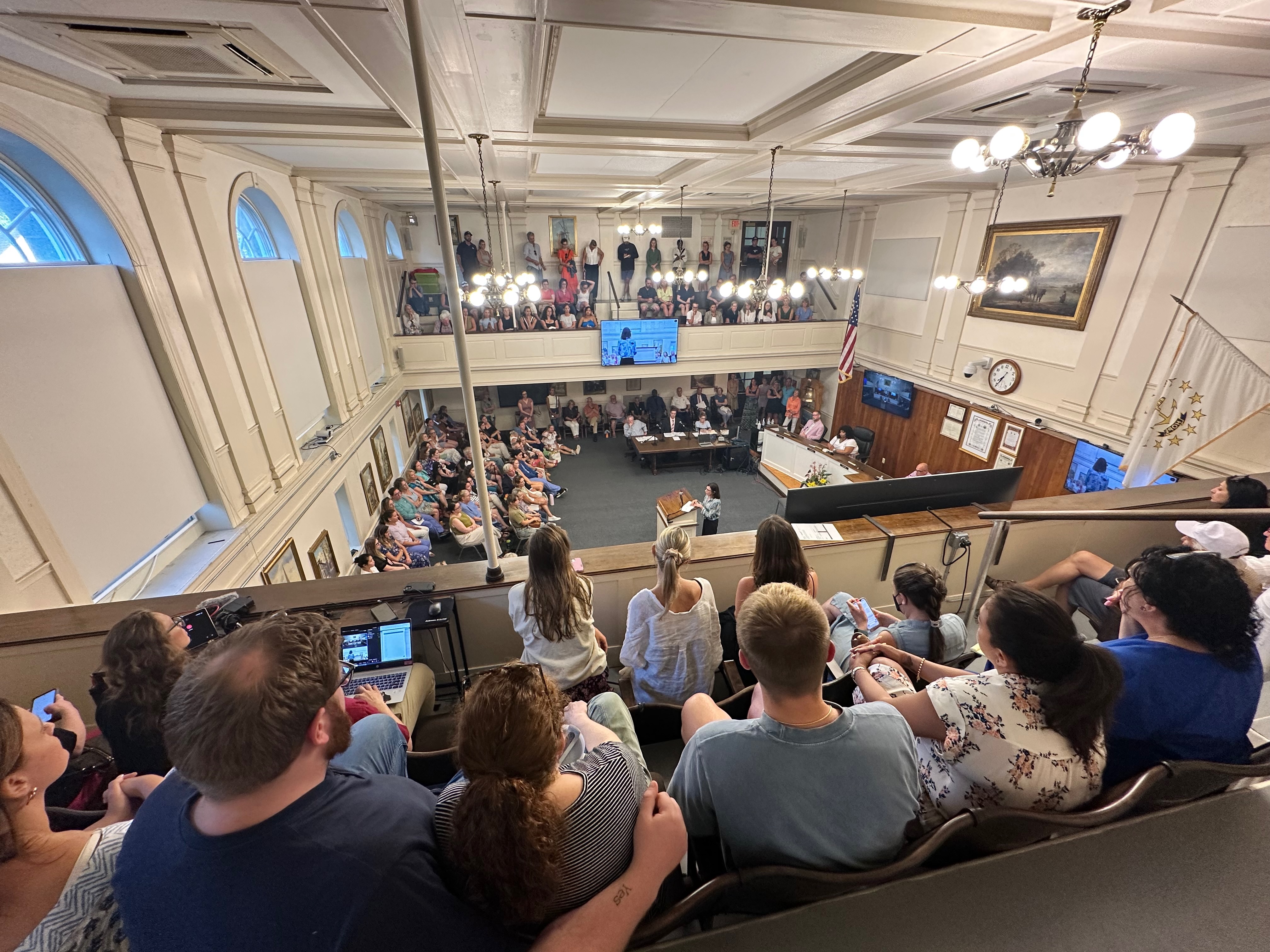zacharyc
This is the website of zachary cohen (zacharyc). For information on the author check out the About page.
This is the website of zachary cohen (zacharyc). For information on the author check out the About page.
Okay, so that’s been a minute. My last post was from August. You would think that I’ve been doing nothing since then. False. I have had a lot of projects, just not all of them something worth writing about. First up, a new edition of the Hanukkah Coffee Box. This is the second year of the box, and I’m even more excited about the roasters. I had more time to plan (though I still managed to be late on releasing), and so I got some different roasters from around the country. There are a couple that were new to me last year and even a few that I haven’t personally tried before. I have only tried a couple of them because the roasters asked for feedback, but they all smell fantastic. This year, I made about 50 boxes and have already sold about half. Head to the website to learn more about the box. ...

On Tuesday, July 15th, 2025, I attended the Newport, RI, Town Hall to discuss the sending of a formal letter to Brown University Health to implore them to keep the Birthing Center at the Newport Hospital. The meeting was very well attended; it was standing room only and lasted about 1.5 hours. I hope to share some interesting information about the situation and the meeting; my take on what is happening; talk about what to do about it; and my outstanding questions. ...
I’m late to the game. Writing most of my web projects in WordPress has been a staple of my younger self. I started writing PHP in college and naturally transitioned to using WordPress for almost all of my projects. Throughout the years, these sites have been made in WordPress: zacharyc.com - Now built with Hugo. zacroyoga patagoniafanboy Here’s the rub. WordPress is great for interactive features, such as accepting comments and starting forums. Even if you are looking to create an e-commerce site, WordPress is a solid choice. The challenge is that WordPress is built on PHP, and it has evolved over many years, forming its own ecosystem. There are tools on top of WordPress, such as Elementor, that make it easier to create reusable elements in your WordPress site. However, the site still sits on a Database, which primarily houses text. If your site doesn’t do a ton of interactivity, then it might not be necessary to use a system like WordPress. If you want to move your blog posts, you need to run a SQL query against your database to get the posts out. You need to install an extension to enable post caching, which reduces the number of times your website needs to recreate pages. Then, when you are developing, you need to turn that off to see changes more expediently. ...
It’s Mid-July and there needs to be a life update. Work wise, I’ve been working on some projects: Authentic Auctions Made with Hugo and hosted on Digital Ocean App Platform. Coding this from scratch allows me to make a bunch of the pieces reusable. As opposed to projects built with WISYIWYG builders, code reuse is much easier with this platform. Dr. Ariel Palanca is a website I helped make for a clsoe friend for her practice out in San Diego area. This was made with SquareSpace so much of what I did was in the squarespace interface. I find it combersome and hard to figure out, and not super intuitive to someone who is used to writing raw HTML and CSS. Farmers Friend Greenhouse Construction - I’ve been helping construct several large greenhouses for a local farm. It has been fun, but also very challenging. I built two last year and these are longer and were harder to construct. We are still not quite finished with the last one. Newport Acroyoga - Is one of my projects to bring Acroyoga to Newport, RI. I’m now on what I consider to be my third iteration of students going through the program, and I’m looking to find a way to grow the program and bring in more students. Going to look at redoing the website and social and bringing some things together. Zack’s Packs and Gear Repair - I’ve been doing some sewing work for Zack’s Packs and making some more tool rolls for Kingspoke Custom. I’ve also been playing around with Windsurf for coding and writing. In fact, this post was crafted in Windsurf. While it is a powerful tool, it doesn’t solve the need for me to oversee what it’s doing. I do believe it is making me a little faster, but I would relate it to Dan Harris’ 10% Happier. It makes me about 10% faster, and 10% more productive. ...

One of the best pure espressos I’ve had near me is from Reprise. After my work on Hanukkah Coffee Box I’ve decided that I want to dive into the process of making better espresso and perfecting it to a level that I haven’t yet achieved before. When I reached out to Nick at Reprise, he provided me with some valuable advice. Don’t focus on small 1-pound bags of beans and try to achieve the right taste. It might take you a whole bag to dial in the flavor you want, and then you will have to recalibrate with the next bag. ...